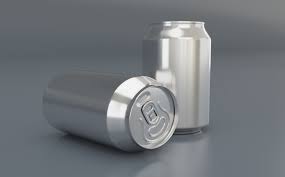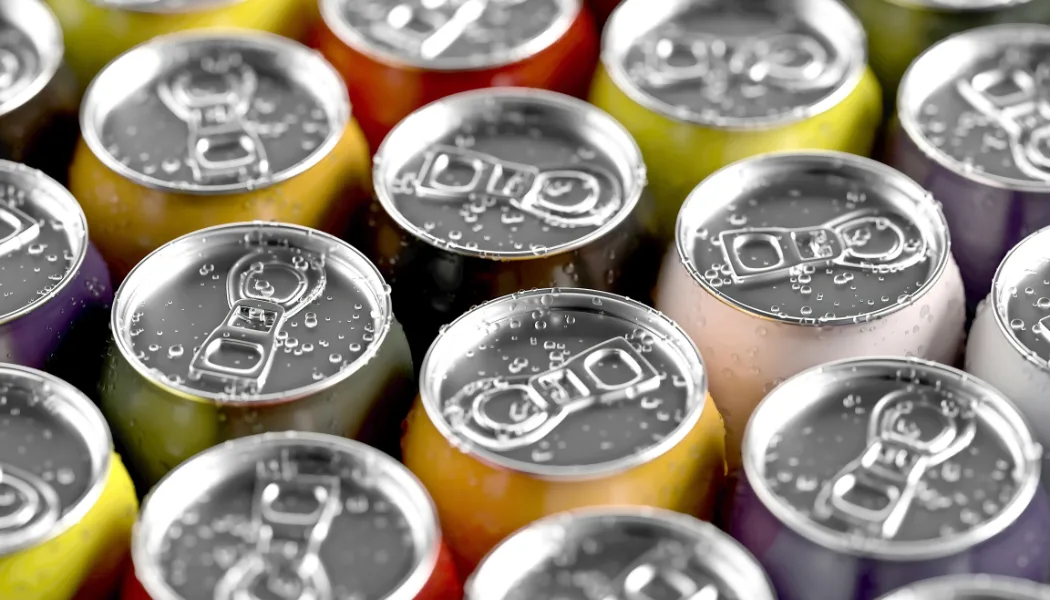Packaging is as important as the product inside. If the packaging is not good, then the customer might not like the product either. Every product should be packed safely. It should be good enough to be appreciated by the customer. The packaging of any product is there to attract the consumer. The packing used to be very different from how it is now. Traditional packing is very different from smart co-packing. Before, only traditional packaging was used. Now, with the changing times, co-packaging is in style. You will find out about it all below. In this blog, we will discuss difference between smart co-packing vs traditional packing, which one is better?
Traditional Packing
Traditional packing used to be something different from what you see now. Glass jars and paper wraps were used at that time. Metal cans could also be seen holding things. People used to seal packaging with wax. Traditional packaging was entirely done by hand. That must sound surprising now that we have progressed so much. But these methods were helpful in the packaging. These methods would preserve the product nicely. The feeling that people used to get after receiving their products like that was something else. The packaging feels personal this way. Each person felt like it was done just for them.
- Everything was packed by hand, with basic machinery occasionally used.
- Boxes are assembled by hand, too.
- Products are sealed and labeled.
- Every product line has a different packing process.

Advantages
Simplicity
Traditional packing is super simple. This method uses small boxes and containers. This method is very straightforward in many ways.. No IT support is used here. There are no complex systems either.
Low Initial Cost
There is no need to buy extra machinery for this method. No robots or software are used.
Established Infrastructure
Established infrastructure supports traditional packing. These things are very easily found.
Flexibility For Small Runs
Hand packing is easier for small batches. So, small runs are flexible here.
Smart Co-Packing
Smart co-packing offers even more benefits and greater efficiency. It is a form of contract packaging.. This kind of packaging also has environmental sustainability. This kind of packing isn’t basic and simple. Technology is utilized here that makes the packaging even better. This type of packaging enhances the product’s appeal. In smart packaging:
- Products are moved with the help of robots.
- Sensors check errors.
- Tracking is done by software.
- Processes get better with data collection.
- Systems always stay updated. Adaptability to the new products is good.

Advantages
Product Safety and Freshness
Smart packing has many modern features. These include sensors that monitor the product conditions. The temperature of the product is sensed. The freshness of the product inside is also checked. This packaging method can also extend the shelf life of products.
Better Supply Chain Efficiency
The logistics are better this way. There is technology like RFID tags. Customers can use QR codes for stuff. This leads to better tracking. The inventories can be managed more easily this way.
Sustainability And Less Waste
Smart packing can also be eco-friendly now. Eco-friendly materials are used in many places for this packaging method. Food wastage is less in this method of packaging.
More Attraction
The packaging in this method attracts more customers. The packing feels very interactive. Users can get more information about the product through this.
Long-term Cost Saving
This packaging method is known to be costly. This packaging method has long-term benefits. Reduced waste is one of them. Users will get better efficiency. It can also lead to cost savings at times.
Downsides? Yes, Both Have Some.
No system is perfect, and both packing methods come with their challenges.
- Traditional Packaging Problems:
- Slower speed as orders grow.
- Human errors: missing products, wrong labels, etc.
- Harder to manage during busy seasons or when products change frequently.
- More labour costs in the long run.
Smart Co-packing Drawbacks:
- Big upfront investment. Machines and software aren’t cheap.
- Need for technical skills. Someone has to know how to fix things if something breaks.
- Not ideal for super small operations. You might pay more than you need.
So, which one’s better?
It honestly depends on who you are and what your business looks like.
You can understand it from here:
Go with traditional packing if you…
- Run a small or home-based business.
- Have low-volume or handmade products.
- Want to keep things low-cost and personal
- Don’t have the budget for machines or software.
Go with smart co-packing if you…
- Are growing fast and need to scale.
- Ship thousands of orders every week.
- Want real-time tracking and fewer errors.
- Have multiple product types or frequent changes.
- Want to save time and labour costs in the long term.
Conclusion
Both packaging methods have their pros and cons. You can choose one based on all the information above. The Smart co-packing method might be better. This is because of its benefits that help. You can choose the traditional method because of a low budget. It depends on what aspects of packaging you value most. All the things about this comparison are there above.
Frequently Asked Questions
Ques- How much will smart co-packing cost me?
Answer- Smart co-packing can cost $10,000 for a small setup.
Ques- Is Smart Co-Packing reliable?
Answer- Yes, it is reliable. But it also needs maintenance like any other thing.
Ques- Can smart co-packing do custom orders?
Answer- Yes, it can.
Ques- Is smart-packing better for the environment?
Answer- Yes, it is. There is less wastage of packaging.






